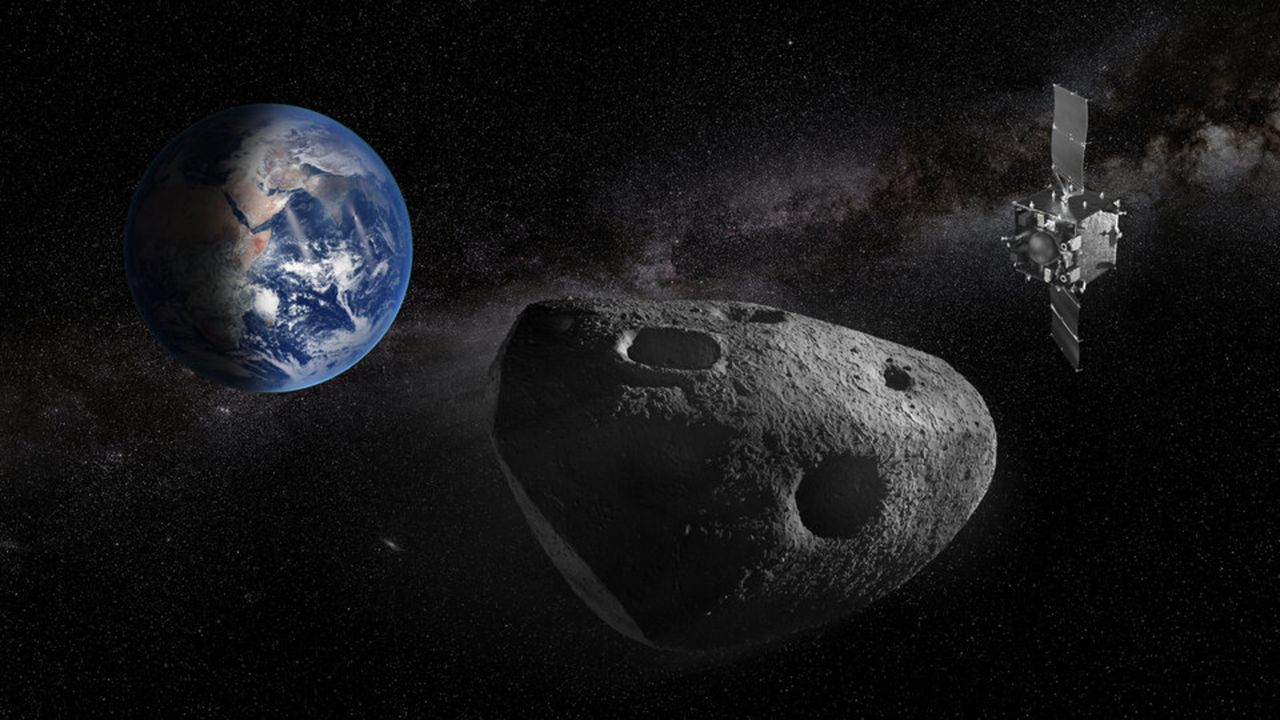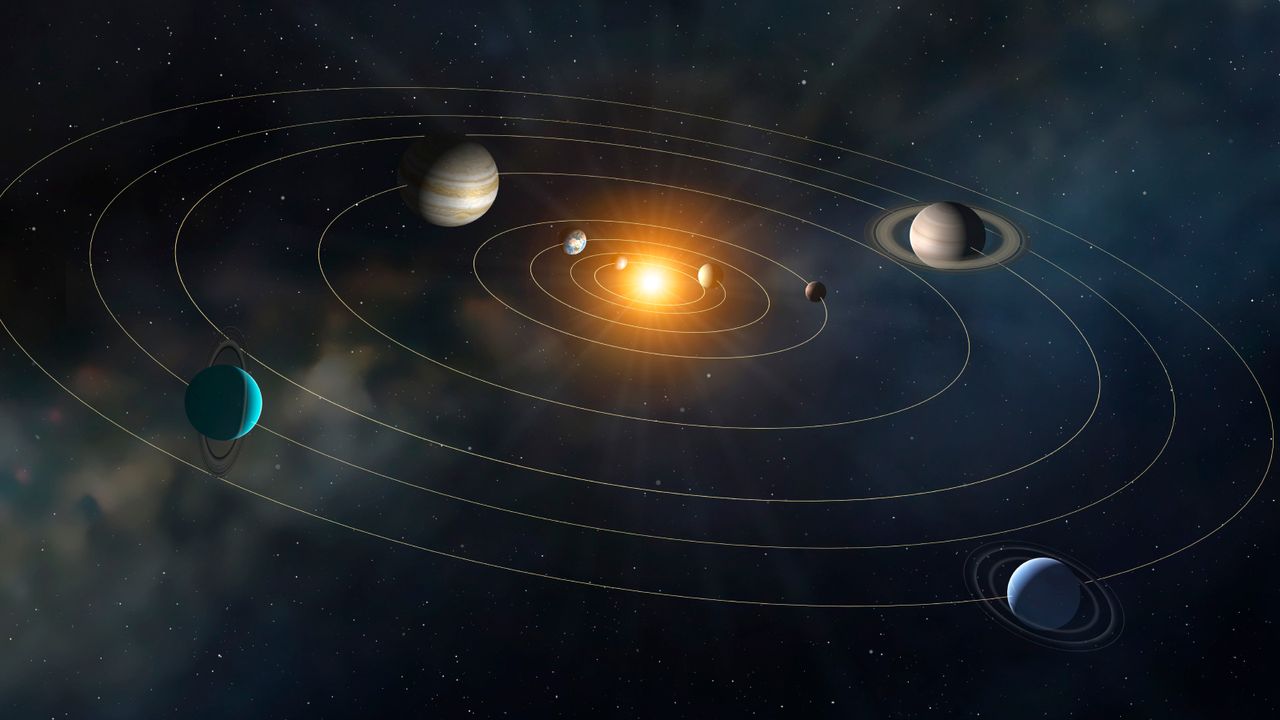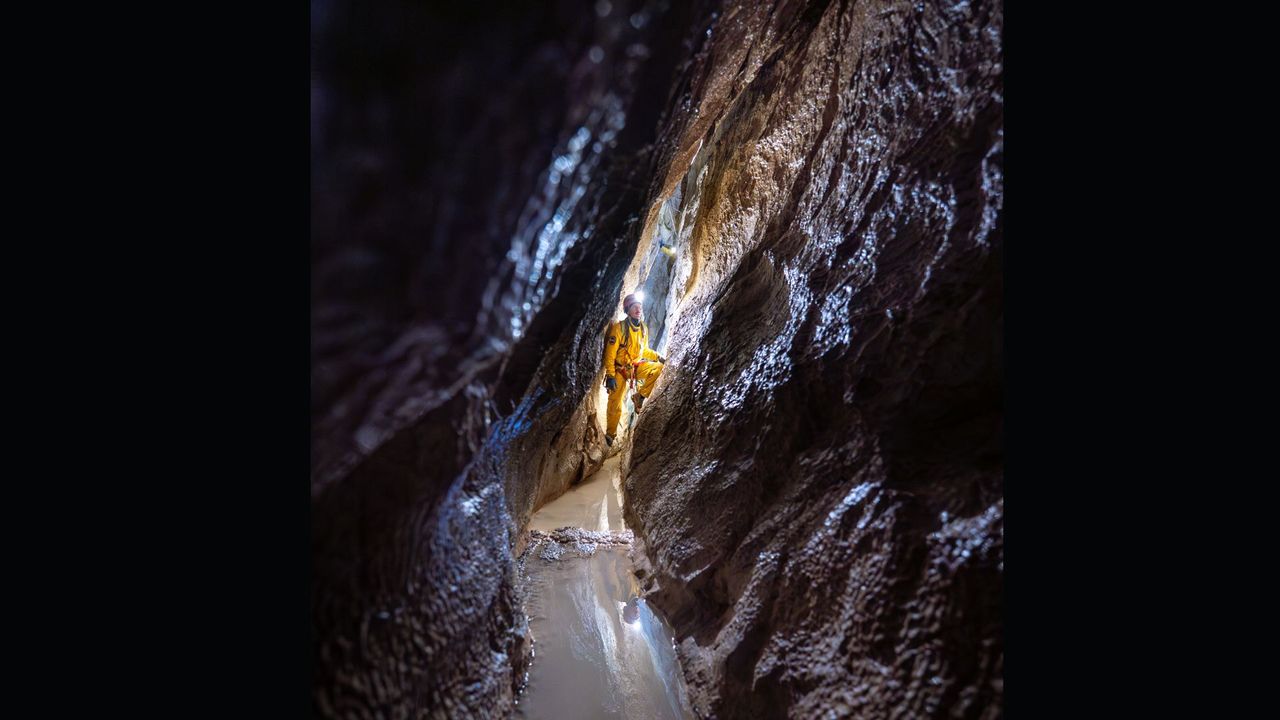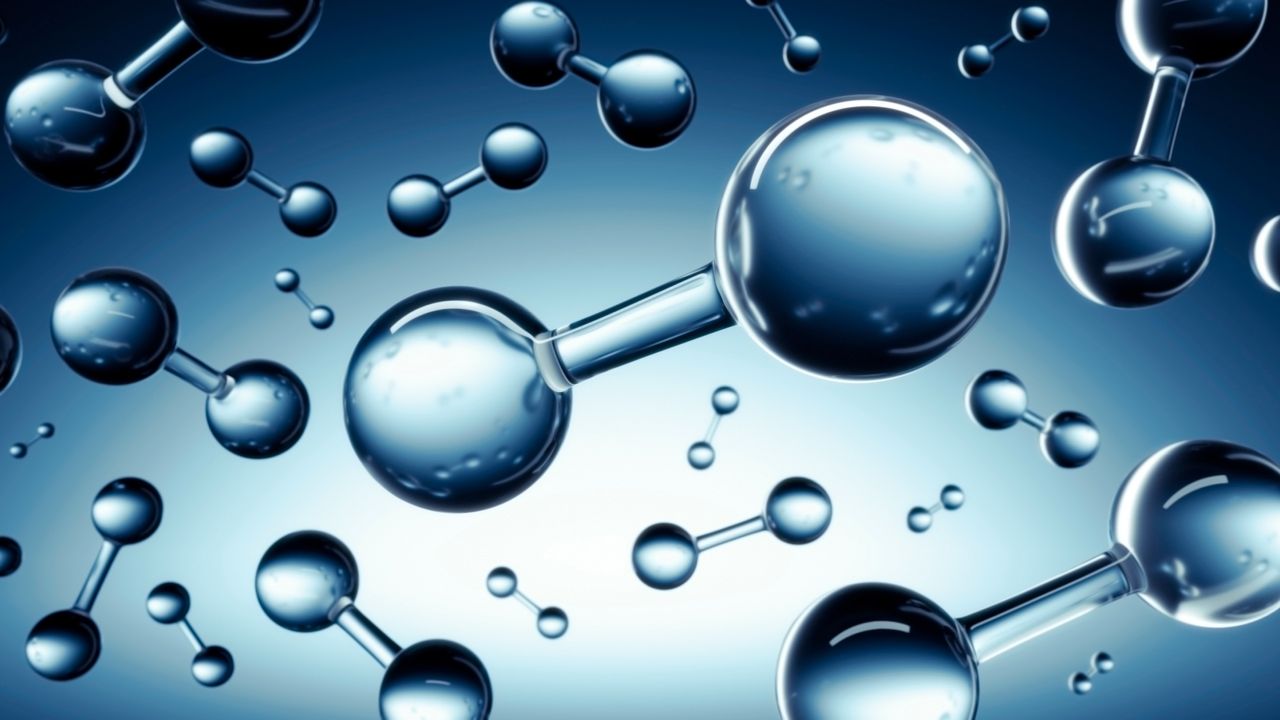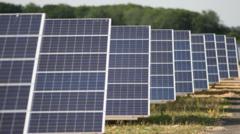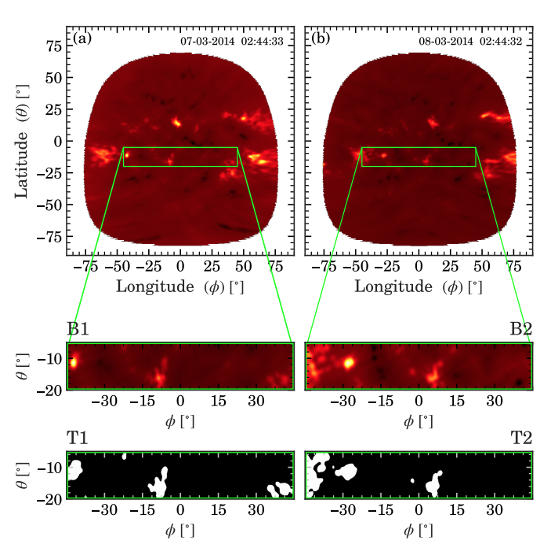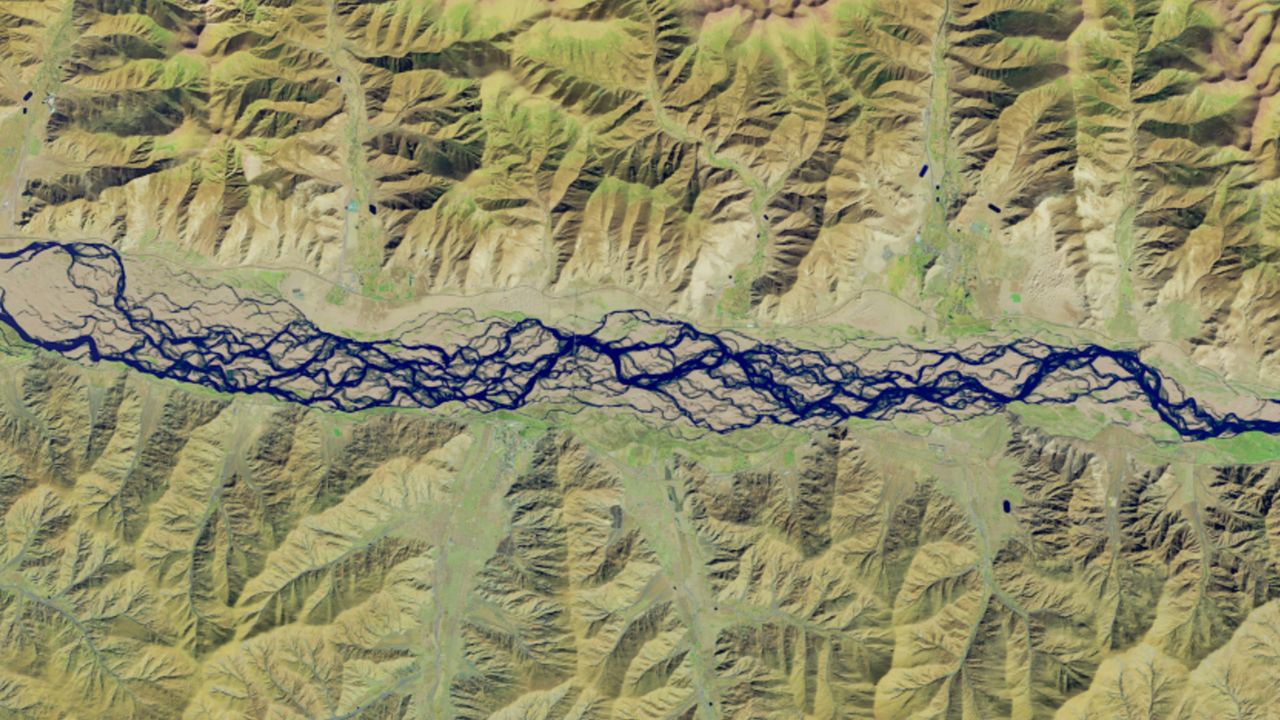Lab-grown human embryo model produces blood cells
PositiveScience
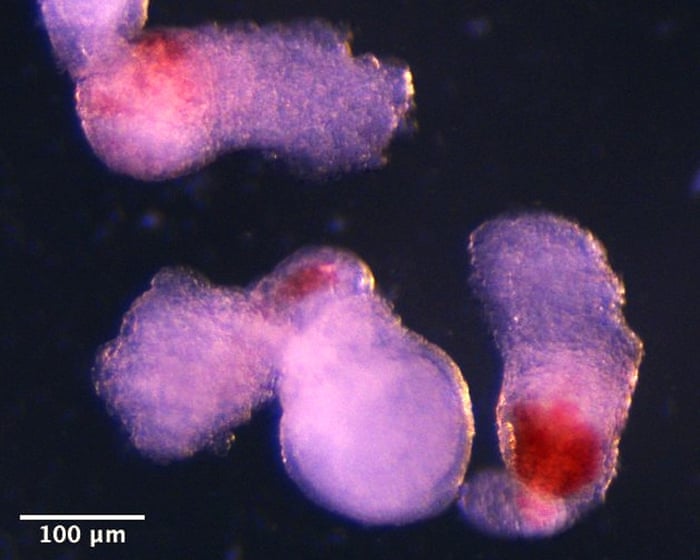
Scientists have achieved a significant breakthrough by growing embryo-like structures in the lab that can produce human blood cells. This advancement opens up exciting new possibilities for regenerative medicine, particularly in treating patients who require bone marrow transplants. By potentially using patients' own cells for these treatments, this research could lead to more effective and personalized medical solutions.
— Curated by the World Pulse Now AI Editorial System
